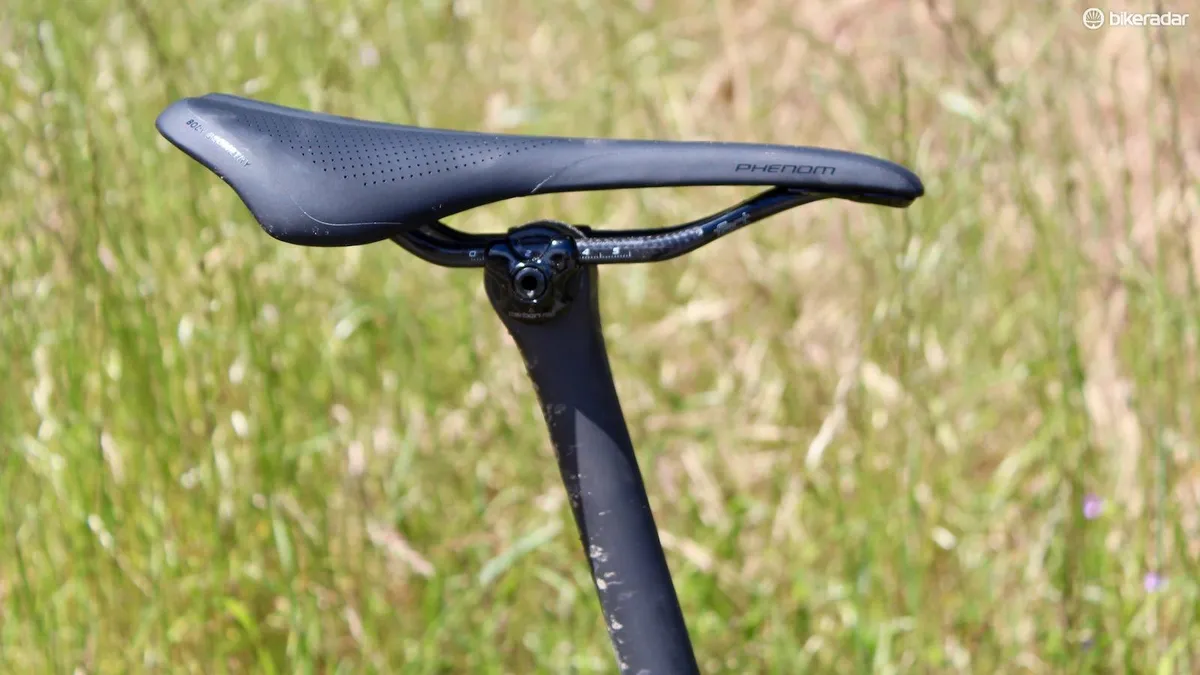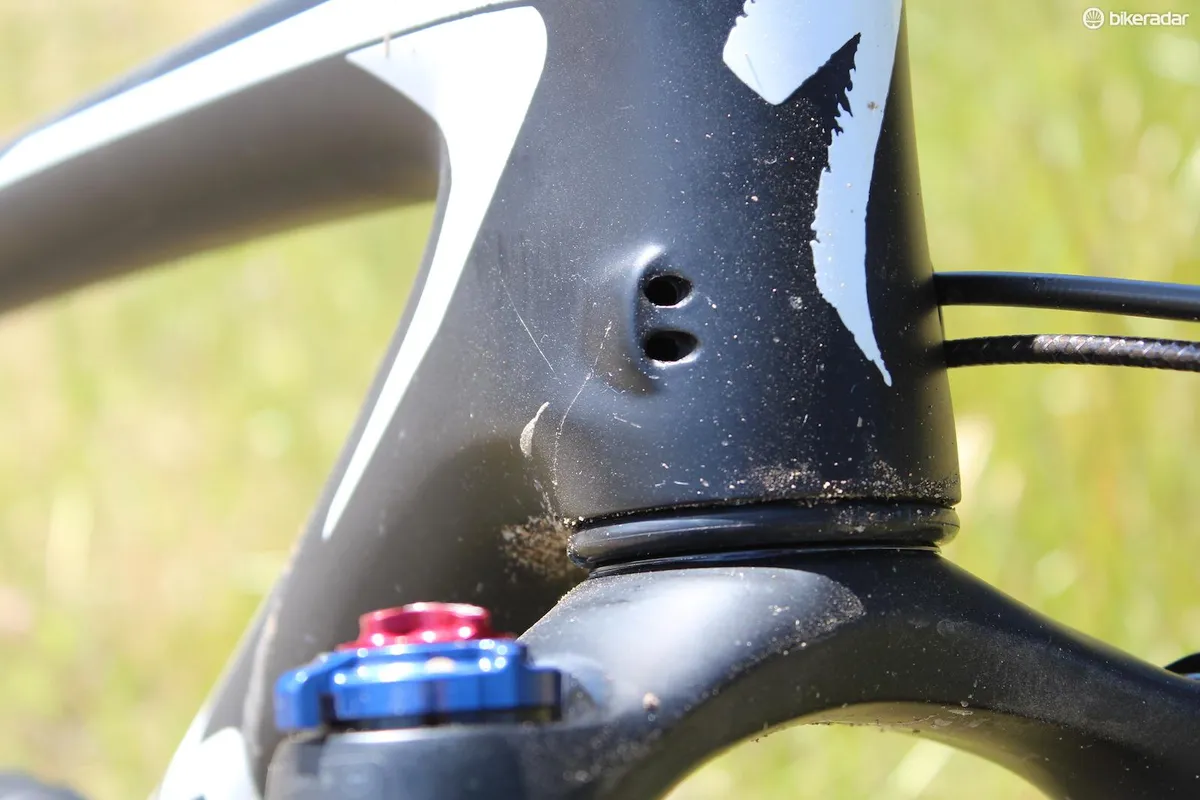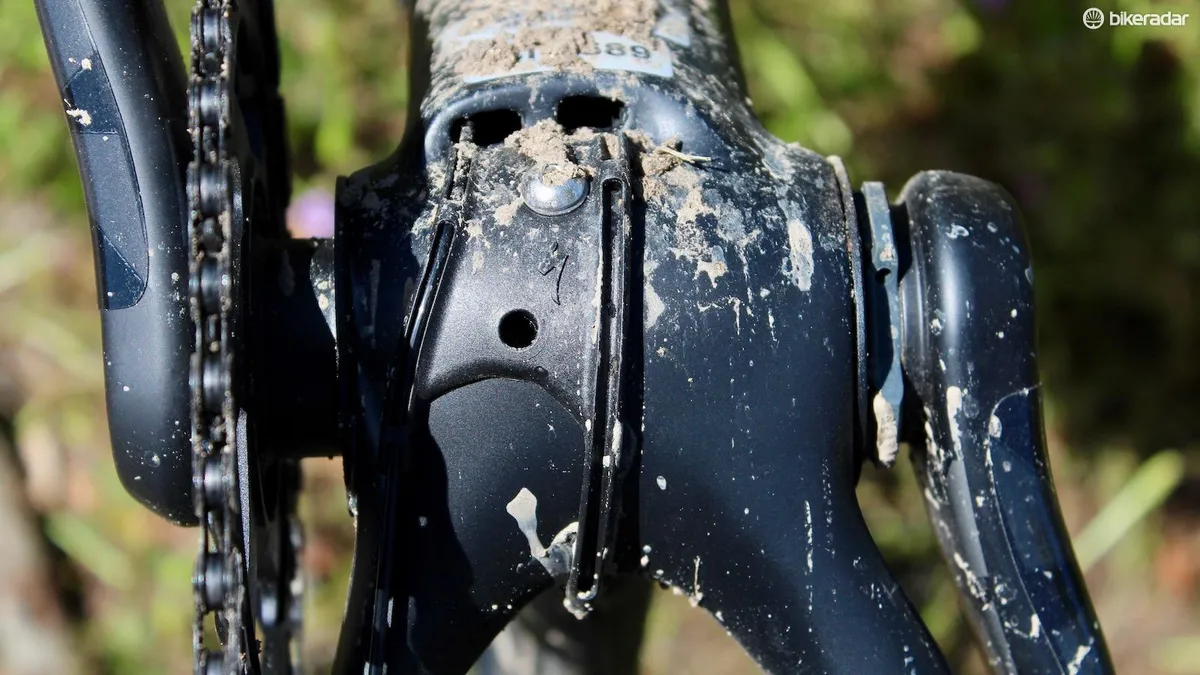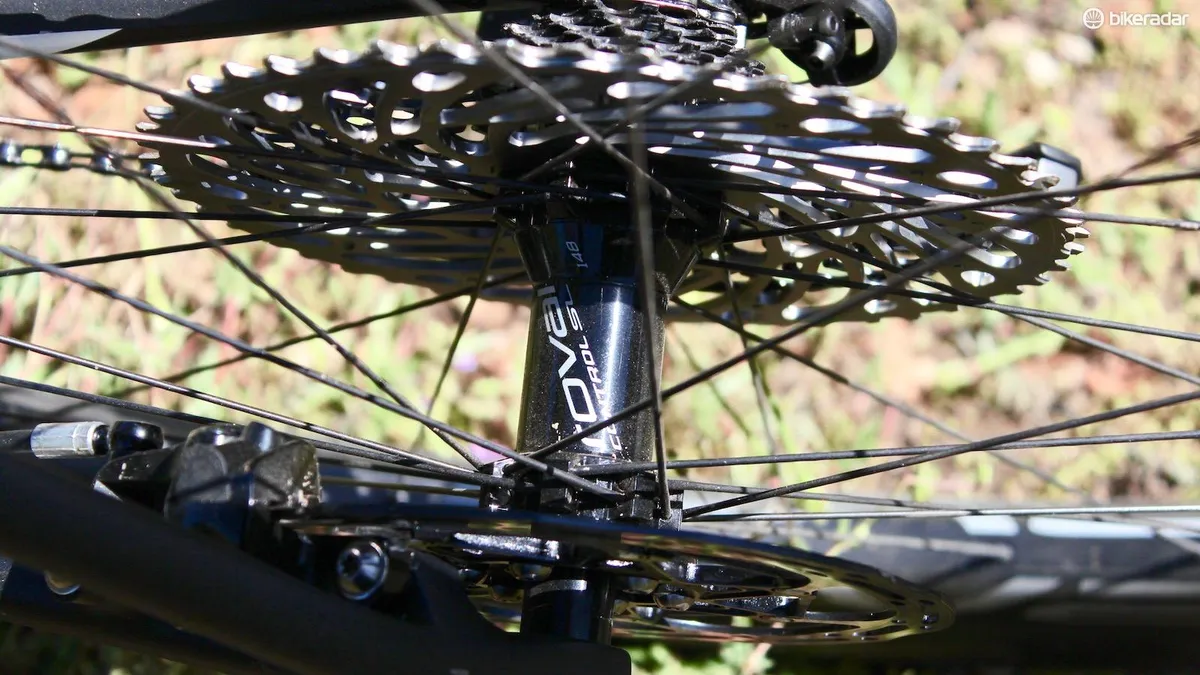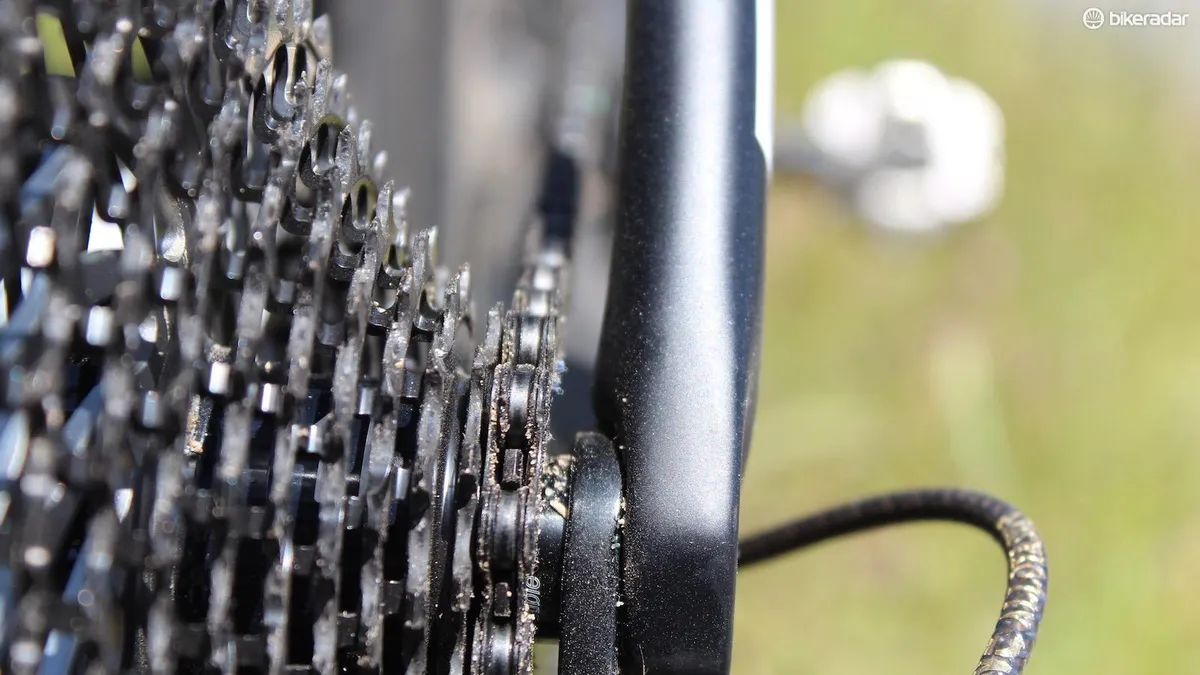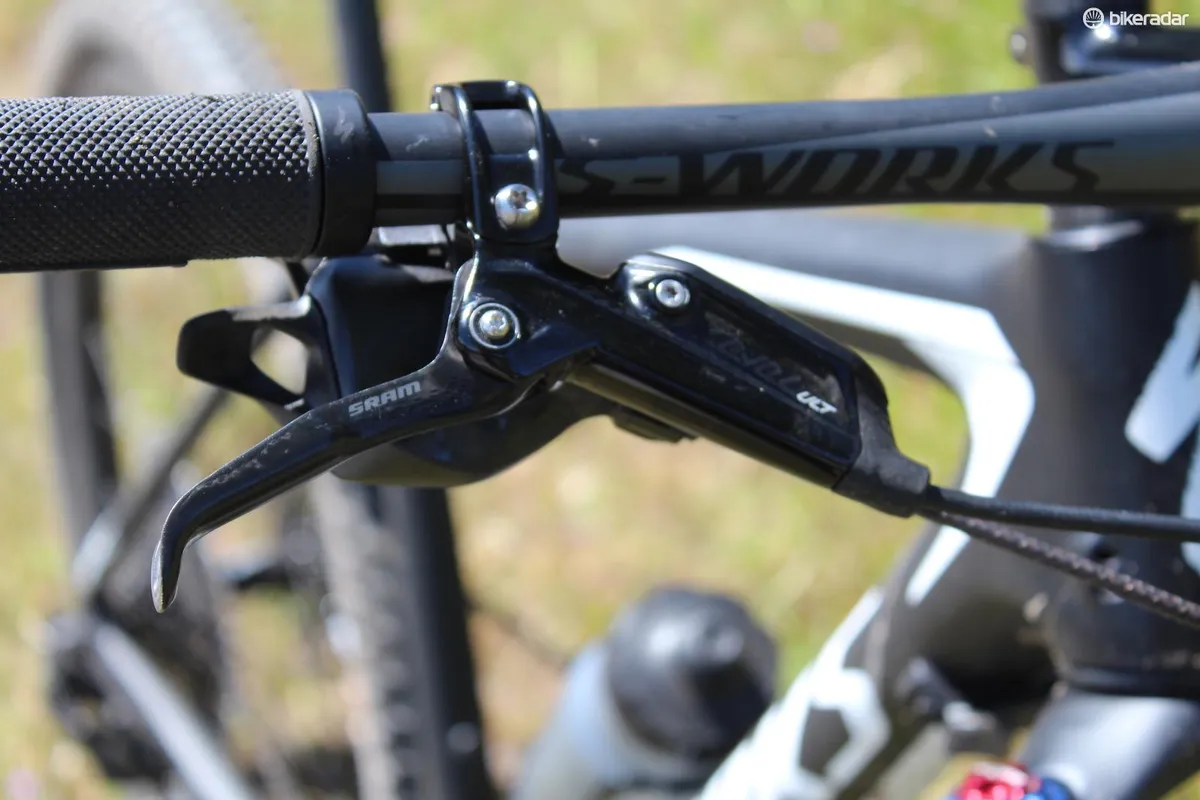In the world of bicycle engineering, the name Peter Denk is known for ultra-light and ultra-stiff construction, and a mild disregard for industrial design for the sake of engineering priorities.
Denk has long been a pioneer in composite engineering methods and possesses a typical German engineering mentality - quantify everything. Specialized created an exclusive partnership with Denk’s engineering firm two years ago, and the new Epic hardtail is one of the first results.
- Interview: Peter Denk, Cannondale's director of technology
- Which is faster: hardtail or full-suspension?
- AX-Lightness releases featherweight 15lb hardtail
2018 Specialized Epic highlights
- 845g frame (claimed M with paint and necessary hardware)
- ‘Rider-first’ engineering protocol (different tube dimensions per size)
- Women’s (XS/S/M/L) and Men’s (S/M/L/XL) frame sizing and parts spec
- Updated geo: slacker head tube, longer top tube, stretched front-center
- Dropper compatible
- Four internal routing slots with non-continuous housing
- 148mm Boost rear-end
- The recently launched Epic hardtail has one priority: weight reduction
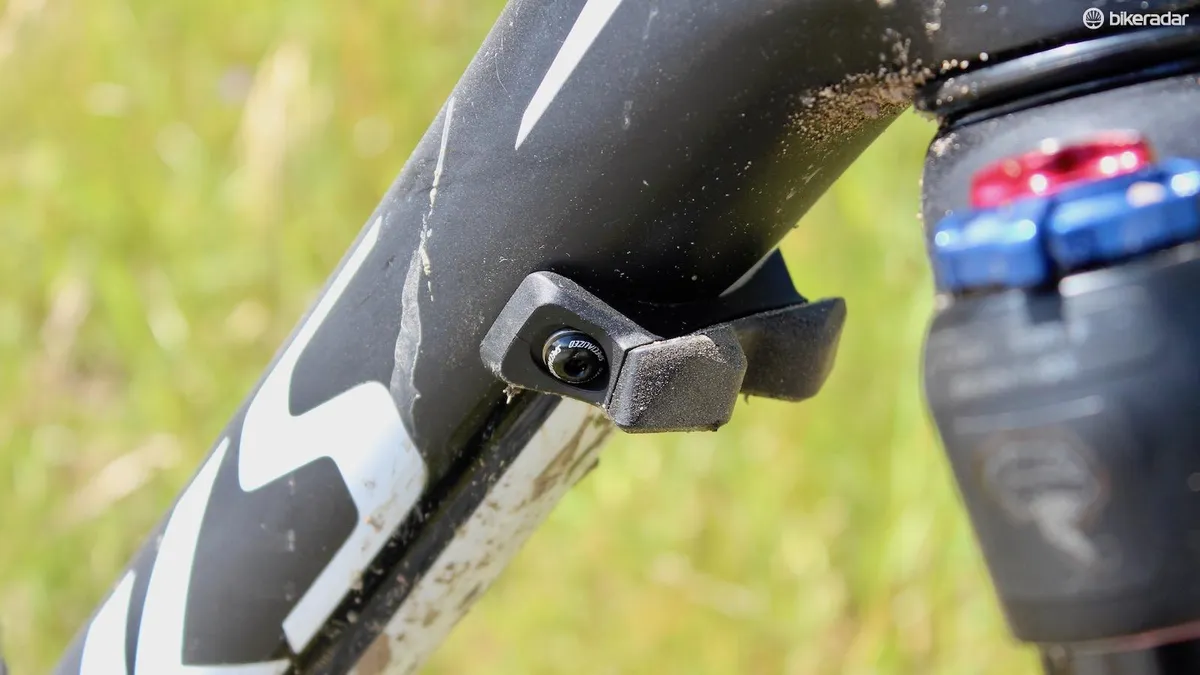
Utterly disappointed
Most folks associate the Epic name with the current full-suspension model. However, way back in the days of 26in wheels and 1in steerers, Specialized made an Epic hardtail alongside the more familiar Stumpjumper. It was available in two versions: steel lugs with carbon tubes, or Ti lugs with carbon tubes (Epic Ultimate).
Recently at The Sea Otter Classic in California, I was invited to knock out 20 early-morning miles with members of the Specialized product and S-Racing Teams (Christoph Sauser, Sam Gaze, Kate Courtney and Howard Grotts).
I’ll admit that I was prepared to rip this bike apart with commentary about "too stiff, too punishing, harsh" and so on. I’ve ridden a few other products of Denk’s and they all hit the lightweight targets, but I wasn’t so much a fan of the compromised comfort.
Regardless of who engineers a project, low weight typically lends to decreased comfort and ride quality. But coming from the company that pushed ‘smoother is faster’, I had a slight anticipation to point a finger.
Today I’m slightly disappointed. Not because I was wrong or that I don’t get to complain; neither moves the needle for me.
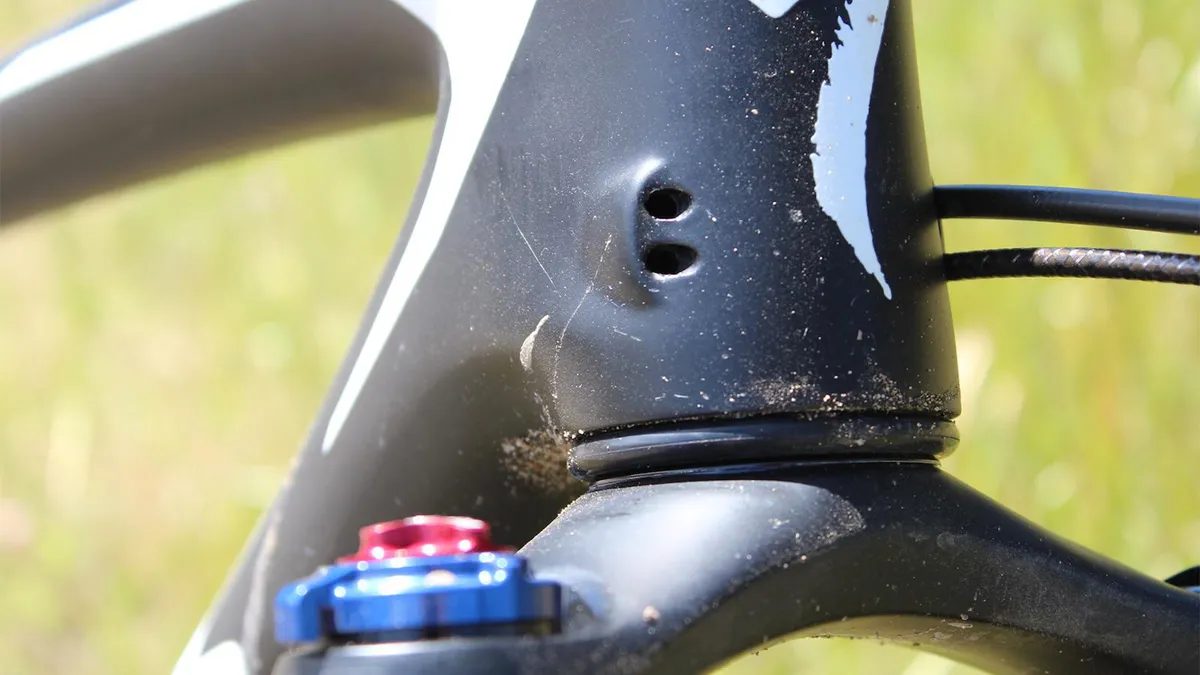
But it frustrates me to realize that after six years of working in product teams, visiting carbon facilities, test labs and R&D rooms, and learning from talented engineers at two different companies, it turns out I’m a carbon rookie.
I just don’t understand how they managed so much compliance in a frame that weighs so little and delivers so much drivetrain stiffness.
So, if you’re reading this article to support your confirmation bias that an 845g hardtail surely sucks, stop reading. For you, it just gets worse.
Rider-first engineered
Within the first climb and descent I realized I was sitting atop a rocket, and that’s exactly what any XC rider wants. There’s a new engineering philosophy and a new geometry, both of which deliver something fresh for the new Specialized hardtail.
If you want to understand the principle behind Specialized’s ‘rider-first’ engineering, don’t look to the typical 5’10” rider, look to the extremes.
I watched Sam Gaze, a 6-foot-2 / 1.95m, 174lb / 85kg rider try to rip the cranks off one of the new Epics. And the final sprint of the Sea Otter short track race provided validation as he sprinted past Nino Shurter in the closing meters to take the top spot on the podium.
Not making any claims about which is the better rider, as Shurter has proven himself many times over, but Gaze is a powerhouse. He was on our morning ride, and his size alone is intimidating, not to mention the fact he’s a U23 World Champion.

If you’re worried that the lightweight and comfortable frame comes at a loss of stiffness, your power numbers better be consistently exceeding the 1,700-watt range because I’m pretty confident that’s what I saw here at Sea Otter.
That said, there’s no point in me making comments about how my massive wattage twisted the BB to pieces. But what I can confidently speak to is the axle-to-axle stiffness, often referred to as torsional stiffness. Over the past few years I’ve learned a few tricks to test how a bike performs out on the road or trail. Specialized claims a new benchmark for stiffness-to-weight ratio with the Epic.
Perhaps it is a new standard for them, but I’d need more time riding to know if it is for me as well. Riding through some of the sections of the course needing a lot of quick corner-to-corner performance, and getting tossed around in the sandy descents, I wasn’t left yearning for more stiffness.
High-performance geo
The previous generation race hardtail from Specialized, the Stumpjumper, had tame, ‘skim milk’ geometry. It felt like it was better for marathon than anything, as the reach was a bit short and the head tube was erring on the steep size. It made for easy turning when things were super tight, but it didn’t really have that ‘World Cup’ aggression at high speed.
So yeah, my biggest complaint is about water bottle bolts
The update to the frame includes a stretched front-center via a longer top tube and slackened head angle.
The new model is in line with geometries that we’ve seen from more progressive companies in the past few years. Once riders get used to throwing a bit more weight forward it really pays off thanks to extra high-speed stability.

If you’re concerned at all about the extra reach throwing off your position, don’t be. Specialized spec’ed slightly shorter stems to maintain the same effective cockpit dimensions.
Other than the front, the company's product team said the bike kept the remaining geometry characteristics that Specialized deemed sufficient already.
A minor gripe: I find the 3mm Allen heads for the water bottle bolts a pointless way to shave weight. Sauser has his “1-gram, 100-times” mentality, but this one isn’t passing the mechanic’s test.
They are super soft and there’s not enough bite. Sure, when you can get a good sharp tool in there it’s no problem, but we all know that when mounting multiple cages there comes a time when the ball-end of an Allen wrench is required. My experience with these bolts hasn't been fantastic and stripped bottle bolts are just annoying.
So yeah, my biggest complaint is about water bottle bolts.
Early verdict
The new Epic is a first-class speed machine. Other companies are going to be left scrambling when they get their hands on one for internal testing. And riders will be stoked, if it’s within their own dollar-per-gram spending habits, as this one isn’t cheap.
How will it hold up in a crash? Does the precision layup lend itself to finicky frame noises? Does the internal cable install process prove a source of future mechanic counseling needs?
These are all questions for long-term testing. For my first ride on the Epic, almost all signs point to awesome.

